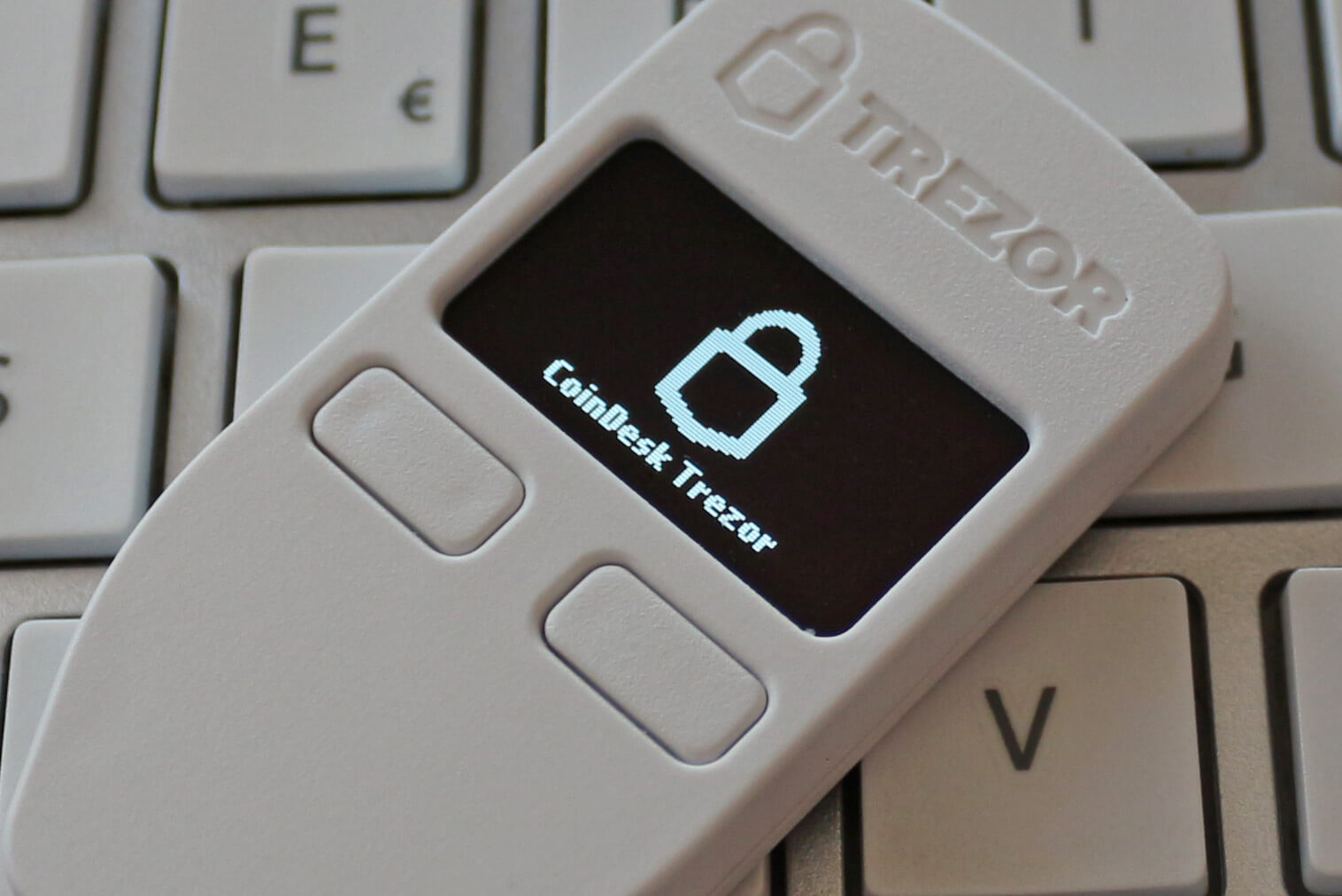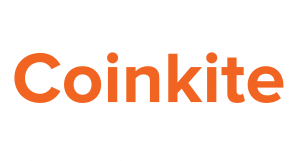TREZOR has two claims to its massive popularity and influence in the crypto industry. First, it is the pioneer crypto hardware wallet – created in 2014, and secondly, it is developed and distributed by one of the most reputable crypto industry security systems providers – Satoshi Labs. Its influence in the offline crypto storage space is so significant that most of the hardware wallet brands available today have at one time borrowed a leaf from its sleek design or its source code.
In this review, we explore whether the key-holder sized multicurrency hardware wallet lives up to its reputation. We look at its costs, features, and the level of security it offers. We also look at its costs and other fees in comparison with some of its hot and cold wallet competitors.
Trezor Key features
Small size: TREZOR One is smaller in size when compared to some of its competitors like the wide screened keep-key wallet. The biggest advantage of this is that it makes it highly portable. On the flip side, though, it means that the wallet has a relatively small screen size.
Satoshi Labs: It’s no secret that Satoshi Labs redefined the way crypto users handle and store their coins with the creation of Trezor One hardware wallet. The company further is also regularly providing patches and firmware updates for the wallet.
Compatible with all OS types: TREZOR hardware wallet is compatible with virtually all the most popular operating systems, including Windows, macOS, Linux, Android, and iOS.
Multiple types of Trezor wallets available: There are two primary types of TREZOR hardware wallets – Trezor One (also known as the standard wallet) and Trezor Model T (referred to as the premium wallet). They have their differences in the number of currencies supported and security features. Trezor One is also smaller in size, with two buttons, and features a small screen while Trezor Model T is comparatively larger and features a wider touchscreen with no buttons.
Compatible with software wallets: Both Trezor wallets are compatible with popular desktop software wallets like GreenAddress, MultiBit HD, and Electrum as well as Mycelium and GreenBits Android wallets. The wallet can be set up and managed via the myTREZOR.com site or via the TREZOR Chrome extension.
Security features
TREZOR hardware wallet’s first line of defense when it comes to protecting their client’s digital assets lies in the offline storage of private keys. Others include:
Pin code protection: Both TREZOR hardware wallets use a pin code system that is set during setup. You will need the pin to access your crypto balance and authorize in and outbound crypto transactions. The wait time is raised by the power of two every time you input a wrong pin code, further compounding the security level.
24-word recovery seed: Should you forget the pin, you can recover your private keys using the 24-word recovery words given during set up. In case the device is damaged, lost, or stolen, you can use the recovery seed words to recover your digital assets.
Passphrase: You can also add a passphrase, the 25-word to your recovery seed, to further boost the security of the device and its contents. You will, however, want to tread carefully when dealing with a passphrase as it doesn’t have a backup, and forgetting it, makes your crypto assets inaccessible even to you.
Device buttons and touchscreen: TREZOR One has two navigation buttons while TREZOR Model T has a touchscreen, and both serve the same purpose of authorizing transactions. This makes it impossible for a hacker to transfer your crypto assets even if they gained access to your myTREZOR account.
Currencies supported
TREZOR One supports all the most popular cryptocurrencies like Bitcoin, Litecoin, Dash, Dogecoin, Bitcoin Cash, and 1000+ tokens and stable coins like USDC and USDT.
TREZOR Model T, on the other hand, supports all the cryptocurrencies, tokens, and stable coins supported by its Trezor One and a few more not supported by its counterparts like Ripple, EOS, Cardano, Monero, Ontology, Horizen, and ValorToken.
Trezor wallet cost and other fees
TREZOR one currently goes for $55
TREZOR Model T is currently priced at $251
There are no other fees associated with the use of either TREZOR hardware wallets. Firmware updates and patches are free for all Trezor wallet users.
Setting up the Trezor wallet:
How to install Trezor one wallet:
Step 1: Open the Trezor.io website, select the install Trezor one option and proceed to download and install the Trezor Chrome/Firefox extension.
Step 2: Connect the device to the computer using its USB cable
Step 3: Select the install firmware option, unplug and reconnect the device to refresh once the installation is complete.
Step 4: Click on the Create New icon and “create a backup in three minutes” to generate the 24 recovery seed words.
Step 5″ The recovery words will appear on your device screen, and you can write them down by using the buttons to scroll up and down. Pay key attention to spelling and the order in which they appear.
Step 6: Finish by assigning your device a name and creating the pin code.
Sending and receiving coins:
To receive funds into your Trezor wallet, connect the device, and open your Trezor account:
Step 1: Click the receive icon.
Step 2: Select “show address.”
Step 3: Ensure the address on the screen display matches the on-device screen, copy and send it to whoever is sending you the digital assets.
To send payments from your Trezor wallet, you still need to connect the computer and open your Trezor account:
Step 1: Decide on the currency you want to send
Step 2: Key in the receiver’s address and the amounts you wish to send
Step 3: Confirm the details and authorize the payment.
Trezor hardware wallet pros and cons:
Pros:
- You have the option of choosing between the standard Trezor One and Premium Trezor Model T wallets.
- Trezor hardware wallets support more than 1000 cryptocurrencies and tokens.
- The wallet has a relatively straightforward setup process.
- The Trezor wallet technology is open-sourced and has thus been scrutinized and enhanced by a legion of developers to come up with the most secure wallet.
- Digital assets on the device are kept offline under a multi-layered security system.
Cons:
- In 2017, hackers were able to comprise the security of Trezor wallets, enabling them to steal and identify the private keys stored in the devices, and this haunts Satoshi Labs to date.
- One may consider their $59 price tag exorbitant given the number of free alternatives available.
- The wallet isn’t hierarchically deterministic.
- Trezor One doesn’t support popular coins like Ripple and Monero.
Trezor wallet compared to competitors:
When compared to such online hot wallets as Coinbase and eToro, Trezor has the advantage of reduced risk exposure of coins given that they are stored offline. Satoshi Labs also imposes multi-layered security features. Note, however, that the online wallets maintained by these exchanges are free to use for their account holders. Additionally, the integration of these online wallets with reputable crypto exchanges makes their wallets easier to use by simplifying the send/receive crypto processes between the exchange and the wallet.
When compared to equally reputable hardware wallets like Ledger Nano and Keepkey, Trezor has a more solid reputation. The two can even be considered forks of the Trezor wallet as they have borrowed heavily from its open-source network. The 2017 security breach, however, gave the crypto community a reason to doubt the effectiveness of Trezor.
Customer support:
Trezor has a highly attractive customer support system. On the support page of their website, is an elaborate FAQ section detailing some of the most common challenges faced by their hardware wallet users. There also is the technical issues and system status sections that you can use to check the health of your wallet and determine if it is functioning optimally. The customer support team is only accessible via TREZOR social media pages as they do not have a phone number on display.
Verdict: Is the Trezor wallet worth buying?
Trezor hardware wallets have numerous strengths, from the pioneer hardware wallets to supporting one of the widest range of cryptocurrencies and tokens. The open-source nature of their technology further ensures that programmers are constantly probing its effectiveness. The company is nonetheless still dogged by the 2017 security breach. Overall, we feel that it is moderately priced and worth buying for individuals looking to properly secure their crypto assets.






